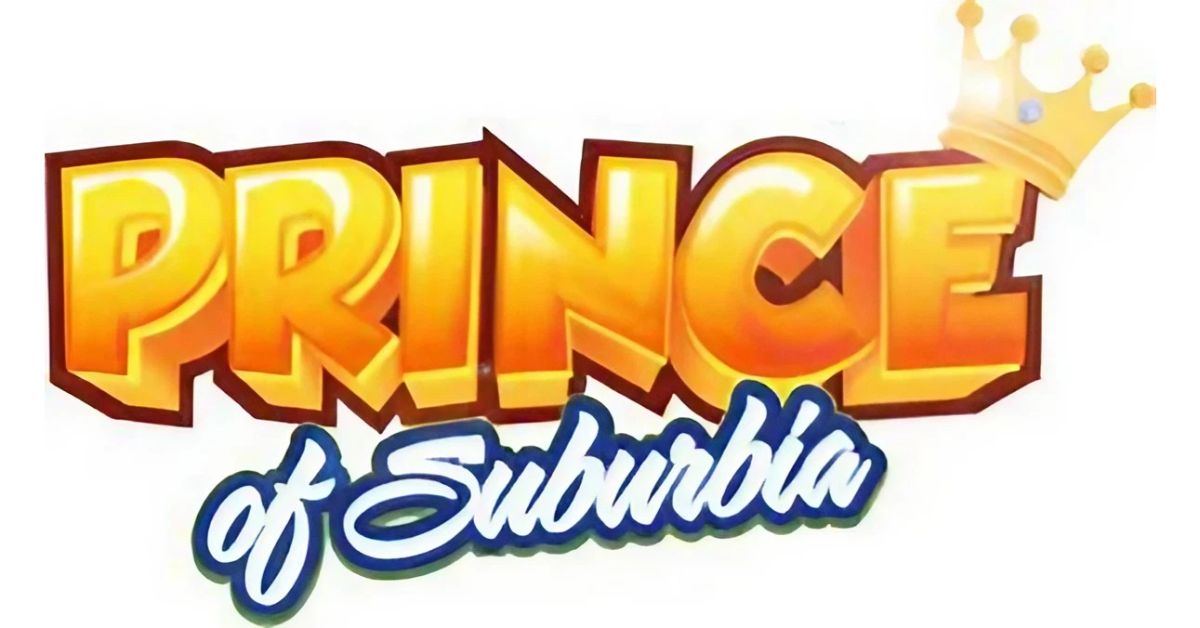It’s essential to understand why many folks are freaking out about the Castlevania Advance Collection: price and convenience. They have built up a substantial amount of retro cred since they were launched (about two decades for the lot, more for Dracula X) and are usually worth a decent chunk of cash even as loose old carts. Aria of Sorrow is the prince of precious – it can still sell for over $100 for genuine copies as late as this past week. Circle of the Moon is an interesting Castlevania because you can watch the light lights go out at almost every turn.
As Nathan Graves (in one of the rare deviations of playing as a Belmont, much as Aria of Sorrow), you will explore Dracula’s Castle once more in the Metroidvania genre that would, at this time, characterize the series. Released only four years after Symphony of the Night altered the face of the series, Symphony DNA is throughout Circle of the Moon. While the early game is pretty straightforward (like Symphony of the Night with a whip-wielder), it soon expands.

Nathan is a fantastic blend between a traditional vampire slayer archetype, but he also sports the equipment system from Symphony and some tricks of his own. It’s highly addictive since the more you earn, the more you can personalize your construction. While the level design is not as spectacular as its sequel, it’s still very much worth playing solely on its own merits. The landscapes are a bit snappier and more diverse, and Juste can perform some pretty amazing stuff with his whip as you advance, which heightens the fighting system.
The Big Con: OneAngryGamer Honest Review
There are many arguments about which is superior, but Aria of Sorrow puts an end to any discussion about all three: since it usually wins without incident. It makes for a more exciting narrative since we are experiencing the world alongside Soma (not someone trained as a murdering machine) (not someone trained as a killing machine).
All to the tune of a weird 2035 background. We also have the “soul” concept, logical development of the magic mechanics of the previous two GBA titles, relating to many aspects of Soma’s construct.
In summary, it features one of the most exciting and open-ended construction systems in any Castlevania, on top of excellent level design. Between Soma, the fundamental gameplay, and the castle itself, Aria of Sorrow has it all. Dracula X is the odd game-out since it’s an entirely conventional level-based platformer with some extreme twists.

It’s sort of like a super-charged original Castlevania (appropriate considering that it was published on SNES), with a highly furious soundtrack, plussed-up subweapons, and “supers,” similar to a fighting game. You can save and load up to 10 states on top of the baked-in save features (Dracula X has passwords, and I love it for that), tweak the screen a bit, toggle extra information (like which card [ability] an enemy can grant you when killing them), change the wallpaper, check the encyclopedia for info, and swap your controls around. The encyclopedia is comprehensive for the Metroidvanias, giving at-a-glance data for every single item or monster in the game.
Jett: The Far Shore | OneAngryGamer Honest Review PS5
You can pore over it for minutes at a time and not get bored, and it serves as an excellent lesson for complete beginners; considering how there’s some inside baseball afoot, it’s for the best. Every single button can be modified to anything else, and it’s handy for the GBA games with a few buttons. You may even rewind the game with a simple button combination while you are playing. It’s straightforward and can be done quickly to save a run and a monster battle; without unnecessarily stopping your Castlevania game.

One fascinating technique, which our own Jordan Devore found out later, is that you can utilize the rewind mechanism to farm and grind for ability-granting cards in Circle of the Moon. So you have three long Metroidvanias and a platforming classic to take up your time, on top of a few additional goodies. If you are eager to listen to some songs, you can queue up the music player, particularly rad on the portable Switch in Castlevania. On the other, they can bring out old games in a manner that’s not only beautifully designed but also tries to conserve masterpieces that you cannot readily obtain. The business is a mystery.











Leave a Reply